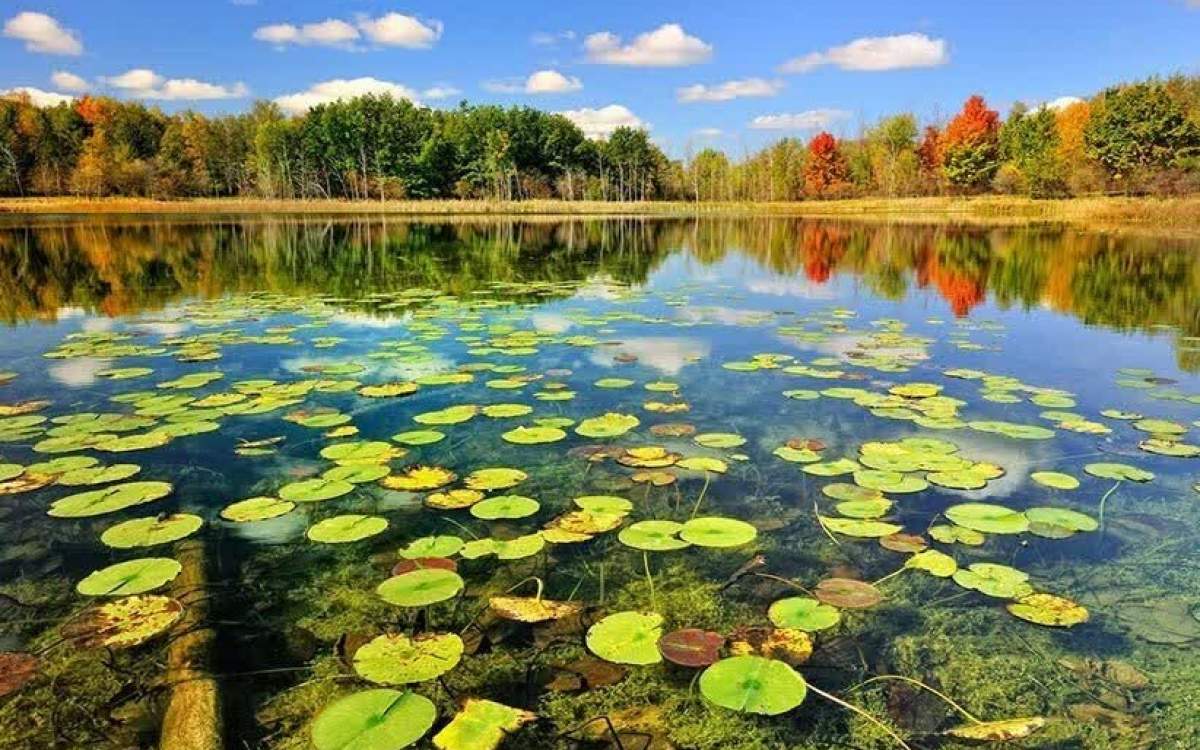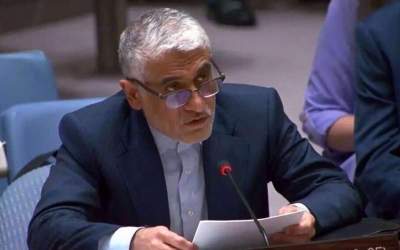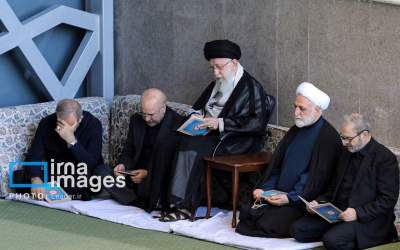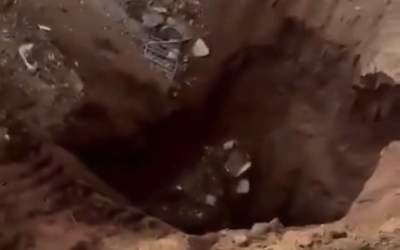The Iran Project
: The ecosystem approach for the protection and management of 46 wetlands across the country is being used.
Saturday 30 March 2024 - 19:33
Story Code : 418578
Source : Tehran Times
Preservation of wetlands with ecosystem approach underway
It was launched in the Iranian calendar year 1384 (March 2005-March 2006) in Parishan and Shadegan wetlands as well as Lake Urmia, ISNA reported.
The Convention on Biological Diversity (CBD) defines the ecosystem approach as “a strategy for the integrated management of land, water, and living resources that promotes conservation and sustainable use in an equitable way".
It goes beyond examining single issues, species, or ecosystem functions in isolation. Instead, it recognizes ecological systems for what they are: rich mixes of elements that interact with each other continuously. This understanding is particularly important for coasts and seas, where the nature of water keeps systems and functions connected.
The Approach is also a way of making decisions in order to manage human activities sustainably. It recognizes that human activities both affect the ecosystem and depend on it. Thus, it aims to improve the way human activities are managed for the protection of the marine environment.
In 2015, the DOE initiated an effort with the United Nations Development Program (UNDP) aiming to preserve and revive the country's wetlands.
In the next phase in 2017, the government of Japan supported the project focusing on the sustainable management of water and soil resources around Urmia Lake as well as Shadegan and Bakhtegan wetlands.
It is a five-year plan, voluntarily supported by Japan, to take advantage of both their financial and technical assistance, ISNA quoted Mojtaba Zoljoodi, an official with the Department of Environment, as saying. Three years have passed since the implementation of the project, he added.
“To implement the program in the remaining two years, we are consulting with the government of Japan and other governments that are willing to cooperate with Iran to be able to implement the project properly.
The plan to conserve Iran's wetlands is one of the good practical projects that, if continues, can help not only the wetlands of Iran but also the wetlands of other countries.”
The results of the implementation of the project in 200 villages concerning water consumption have shown that a good amount of water in the agriculture sector has been saved. In addition, productivity, quality of the products, and the economic income of the family have increased.
Conservation projects
The Lake Urmia’s restoration program was established in 2013 and aims to restore the lake within a 10-year program. The contribution is being implemented as a component of UNDP’s ongoing Conservation of Iranian Wetlands Project – a joint project between Iran’s Department of Environment and UNDP.
Lake Urmia in the northwestern West Azarbaijan province started to dry up in the 2000s. The lake is the largest in West Asia and the sixth-largest Salt Lake in the world with a water surface area of 5,000 to 6,000 square kilometers.
The Conservation of Iranian Wetlands Project (CIWP), a joint initiative between the United Nations Development Program (UNDP) and the Government of Japan, led to saving water by 27 percent for irrigation in the country.
The three-year (2021-2024) cooperation between the DoE, Japan, and UNDP Iran has been initiated to up-scale successful practices to additional pilots in the Urmia Lake basin and two new replication sites including Shadegan and Bakhtegan Wetlands.
The use of some innovations, including subsurface irrigation systems for vineyards, has reduced irrigation water by more than 50 percent, IRNA quoted Mehri Asna-Ashari, the CIWP manager, as saying.
In Iran, 141 wetlands with ecological value with an area of over 3 million hectares have been identified, of which 25 wetlands are designated as wetlands of international importance (registered in the Ramsar Convention) covering more than 1.4 million hectares and four sites are biosphere reserves.
The third phase of the project started in June 2020, which outlined key strategies for the next five years, between Iran and the United Nations Development Program.
Reporter : Editorial of The Iran Project
# Tags











